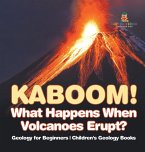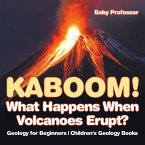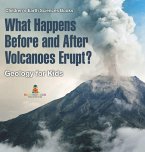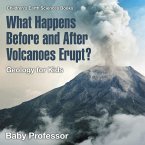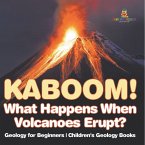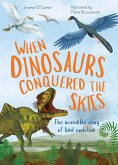An introduction to the geology of volcanoes. Earth is made of layers: crust, mantle, and core. The mantle has a hard upper part with soft magma below. The squeezing of rocks and minerals deep in the Earth causes them to get so hot that they melt to form magma. When magma pushes through a weak spot in the crust, a volcano occurs. Magma that comes to Earth's surface is called lava, which can spout from a volcano or flow across the land. Mountains are formed when the lava cools, becoming rock. Volcanoes can also create islands in the ocean, such as the Hawaiian Islands. Earth's layers are reviewed. 24 full-color, illustrated pages. Reading Level 1-3, Interest Level 2-5. Includes a pronunciation guide for scientific terms.
Hinweis: Dieser Artikel kann nur an eine deutsche Lieferadresse ausgeliefert werden.
Hinweis: Dieser Artikel kann nur an eine deutsche Lieferadresse ausgeliefert werden.


